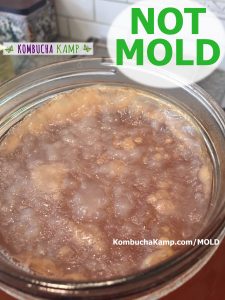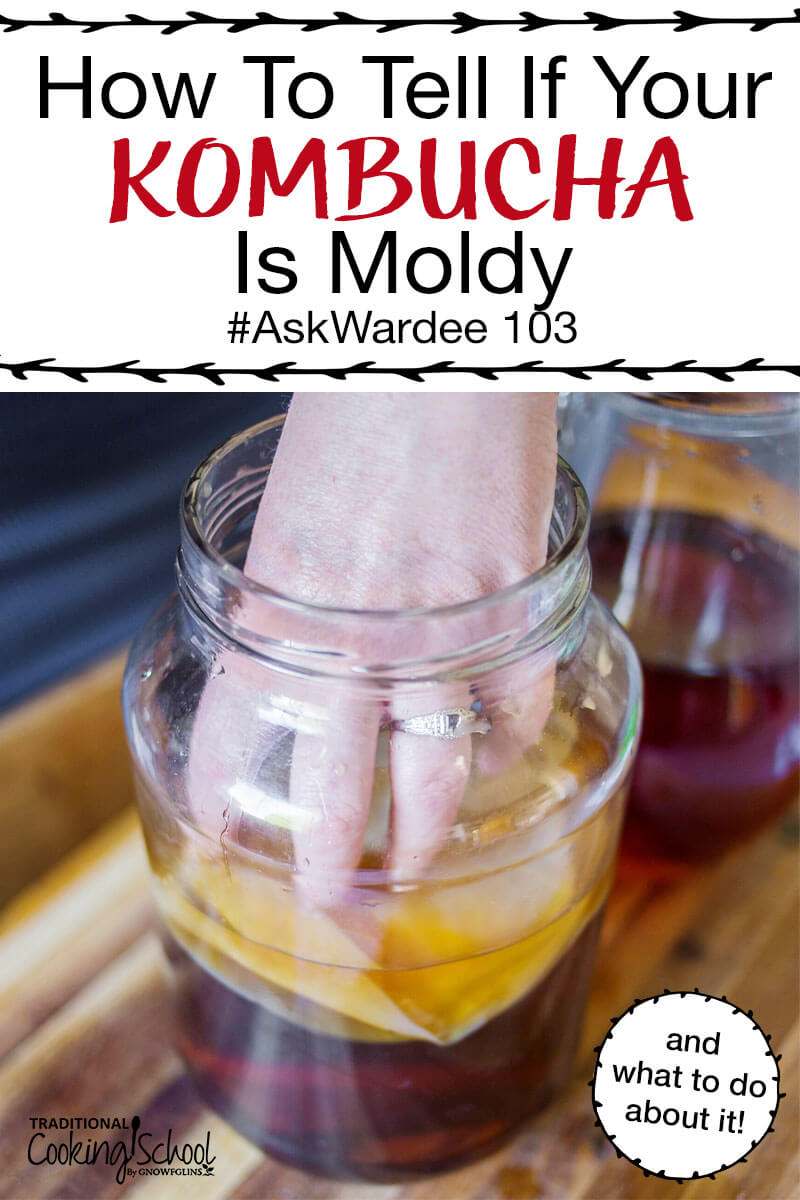
Here are 3 steps you should take to determine if its really mold. A dead scoby will be black.

How to prevent mold on scoby.
Mold on kombucha scoby. Everyone is afraid of growing mold on their scoby. The truth is when we first started home brewing kombucha we had that fear too. But here s what we learned.
It s really hard to grow mold. We ve actually found it to be a super uncommon problem. What most people think is mold is usually just yeast which is essential to the brewing process.
The symbiotic nature of kombucha actually protects your scoby from mold by creating an environment too acidic for other microbes to survive in. Here are the steps you need to take if you re unlucky enough to discover mold in your brew. Throw out the scoby.
Dump any of the kombucha down the drain. Thoroughly disinfect the brewing container and anything else that came in contact with the brew spoons funnels bowls etc. Obviously then kombucha is somewhat related to mold.
Single cell mold is called yeast which of course is the y in scoby. In fact the most literal translation of the chinese characters for kombucha might be red mold tea however the type of mold we are discussing here is definitely to be avoided. In kombucha the presence of mold indicates that the entire brew and the scoby used to ferment it have been contaminated with unwanted and harmful fungi.
How to identify mold and mold photographs mold can be easily confused with a growing baby scoby in kombucha or leftover specks of tea leaves. How to prevent mold on scoby. Mold is definitely a buzzkill.
Mold on kombucha is actually rare and can be handled easily so no need to panic. But it can disrupt the flow for home brewers so always best to take preventative measures. To keep the good times rolling follow some easy steps below.
Always ensure plenty of airflow for the scoby to breathe. The thing is kombucha mold is totally avoidable and the chances or contracting mold are quite low if you re brewing kombucha properly. What is kombucha mold.
Kombucha mold is simply an overgrowth of bad bacteria or fungus. It isn t much different than the mold that might grow on an old loaf of bread. And while you shouldn t drink any kombucha that has been in contact with mold just as you wouldn t eat that moldy bread it s not the end of the world.
Think you ve got some mold growing on your scoby. Take a deep breath don t panic. We re here to help.
Brewers often think they have mold when really it s just yeast from a funny looking scoby. Mold is fairly uncommon problem when home brewing but it s important to know what can cause mold and how to tell if it mold. Here are 3 steps you should take to determine if its really mold.
Kombucha is naturally resistant to molds. The acidic environment that kombucha creates means that common food pathogens like listeria cannot survive there. If you are interested in taking your health to the next level the natural way or just want to get off your prescription meds.
If your kombucha scoby the mother culture develops mold it looks similar to mold you ll find on old bread. Fuzzy and green grey or blackish. The key word being fuzzy.
Smooth brown black or grey marks are not mold. Grey or black specks are not mold. A moldy or dead scoby is quite distinctive and there is no mistaking it when you see it.
The mold will be white or colorful fuzzy and dry. It can appear as spots on the scoby or cover the scoby altogether. A dead scoby will be black.